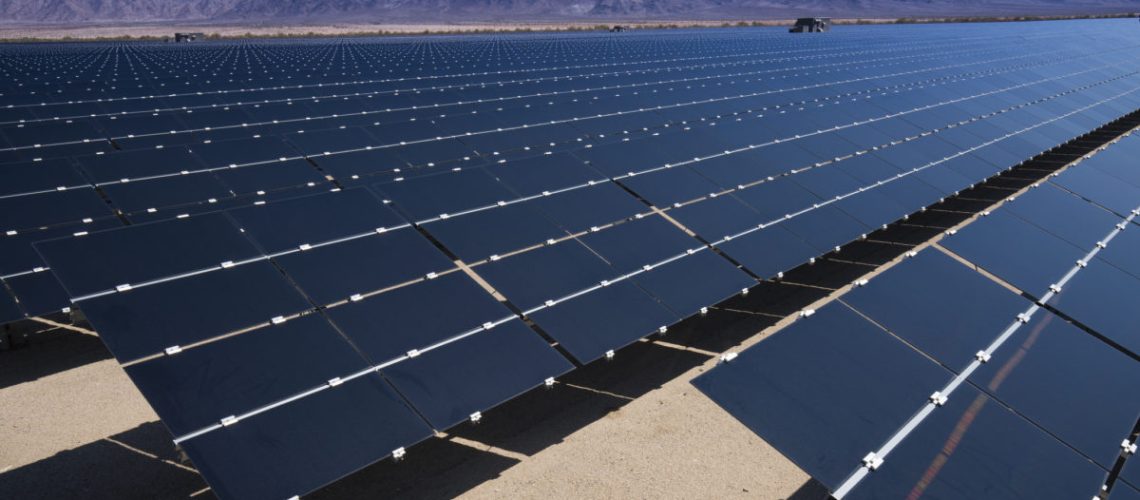Requiring that load-serving entities now add 15.5 GW of solar by 2027, the California Public Utilities Commission increased its 2027 procurement order by 35%.
Through 2027, California will now add 35% more solar energy to its grid than previously planned. The California Public Utilities Commission (CPUC) ordered an additional 4 GW to be interconnected by load-serving entities.
The addition of 4 GW brings the state’s mid-term reliability procurement requirement to 15.5 GW by 2027. To date, California has nearly 40 GW of capacity installed, meaning the procurement plan alone would require roughly 40% growth upon cumulative operating assets.
The call for more solar came as a result of updated load forecasting from the California Energy Commission that suggested electricity demand is increasing faster than what was observed during the June 2021 procurement order for 11.5 GW of new capacity. The CPUC said additional capacity is needed to address “the increasing and accelerating impacts of climate change, [and] the likelihood of some additional fossil-fueled generation resource retirements that were not anticipated at the time.”
The Commission added that the likelihood of project delays beyond 2026 in the procurement of long lead-time resources led to a raised procurement order. It also projected that California will not be able to rely on electricity imports from other states, particularly from the Pacific Northwest, a region which the state currently taps for meeting seasonal demand.
The original 2021 order called for 2 GW of resources in 2023, another 6 GW in 2024, and installments of 1.5 GW in 2025 and 2 GW in 2026, and now brings another 4 GW in requirements throughout 2026 and 2027.
“We believe the conclusion to be consistent with our internal analysis on system reliability needs,” said Paul Doherty, spokesperson for utility Pacific Gas & Electric.
Doherty said PG&E shares the commission’s urgency regarding the pace and effects of climate change and supports the commission updating its reliability assessment with higher load forecasts, volatility and increased assumptions of fossil fuel plant retirements.
Longer-term, the CPUC estimates that the state will need as much as 35 GW of new resources on the system to meet both reliability and emissions goals.
In response to the increased procurement order, the California Community Choice Association said that interconnection costs and delays stand in the way of these goals. “The commission should work with the CAISO to improve the interconnection study process, urge transmission owners to shorten interconnection times, and reevaluate the deliverability methodology as the current method is too restrictive,” it stated.
CPUC responded that it is not within its jurisdiction to control interconnection, and that while it is “sympathetic” to load-serving entities’ desire to interconnect more quickly, “shortcuts” should not be taken so as to avoid reliability issues.



